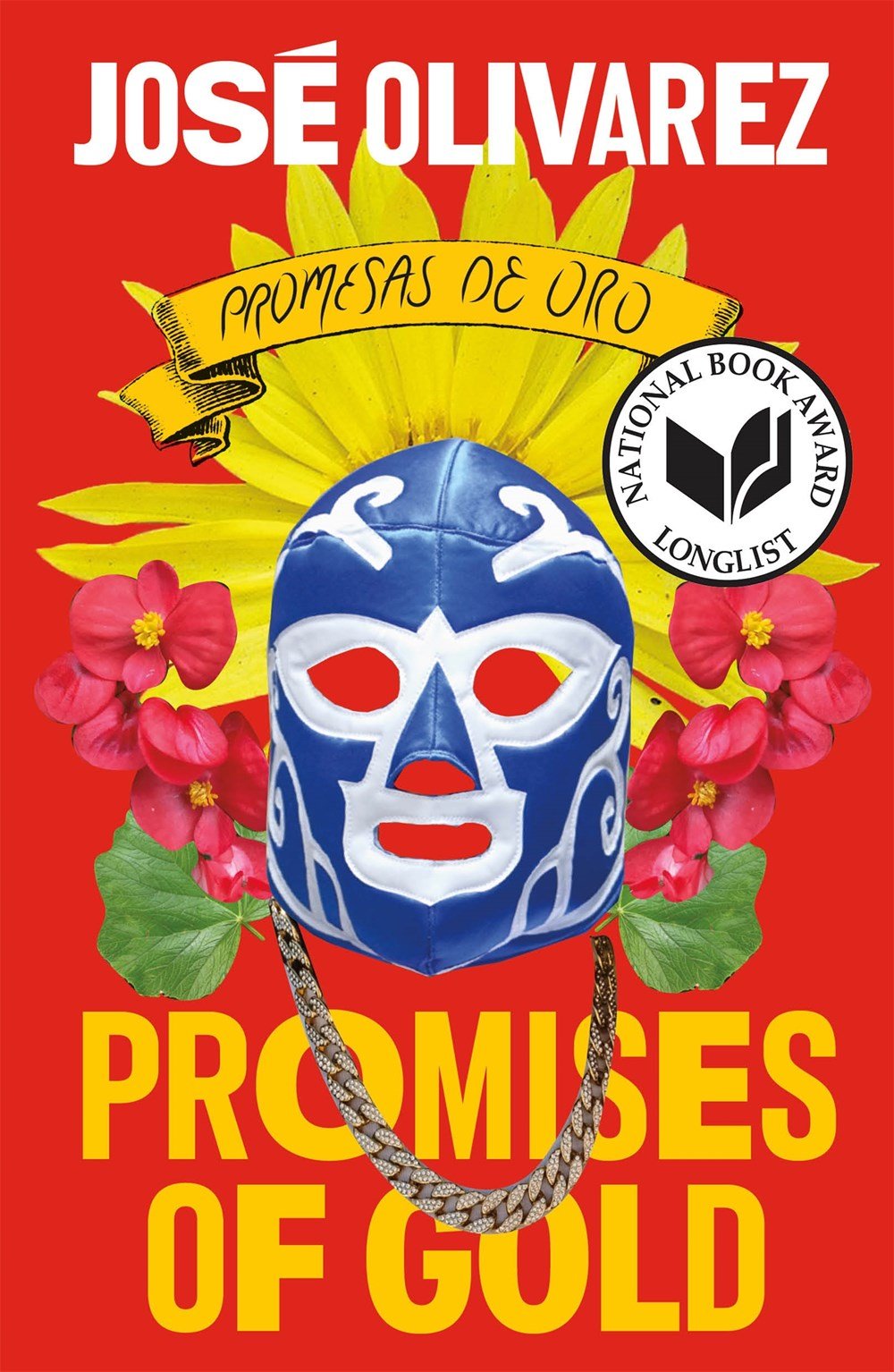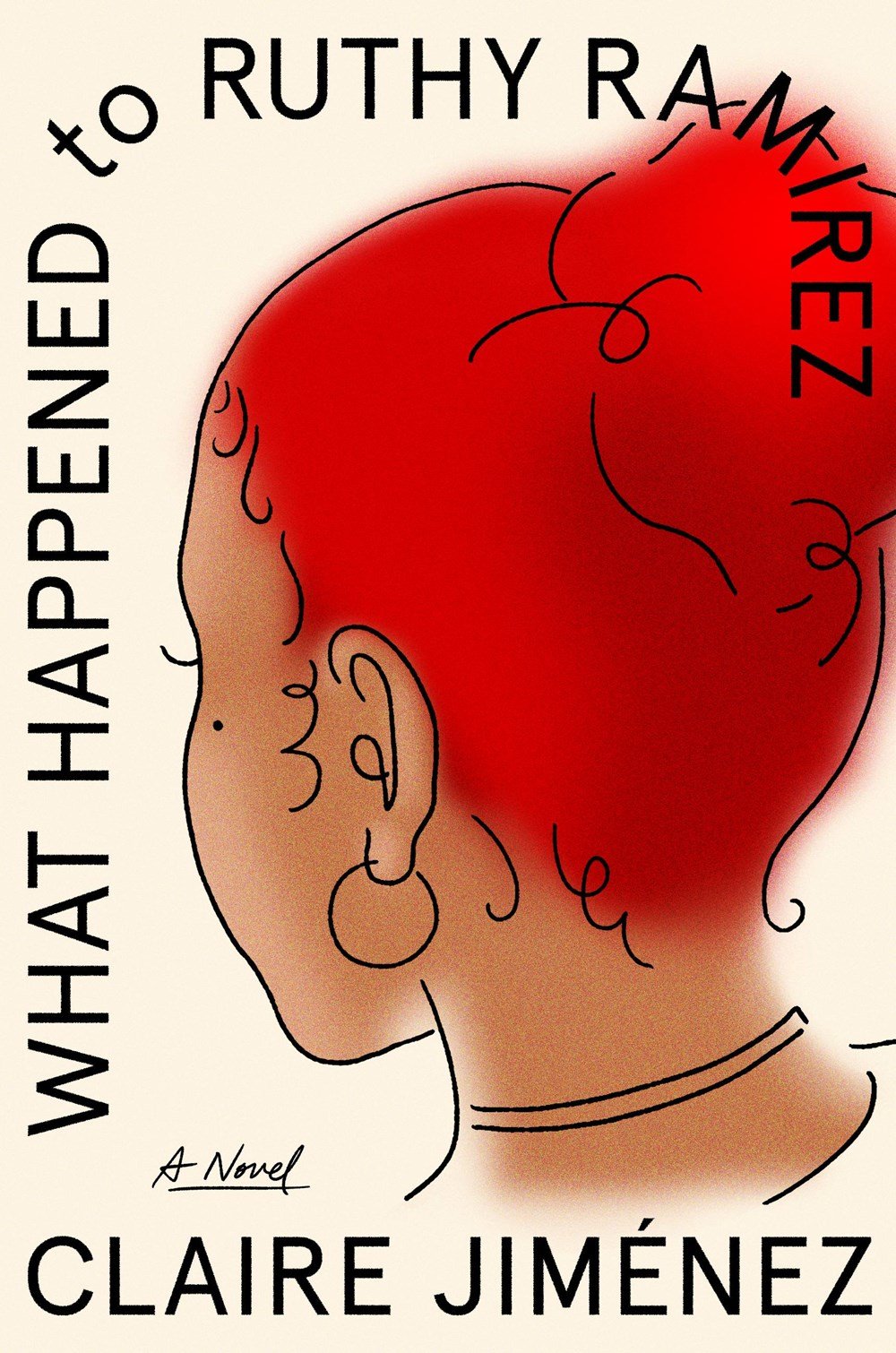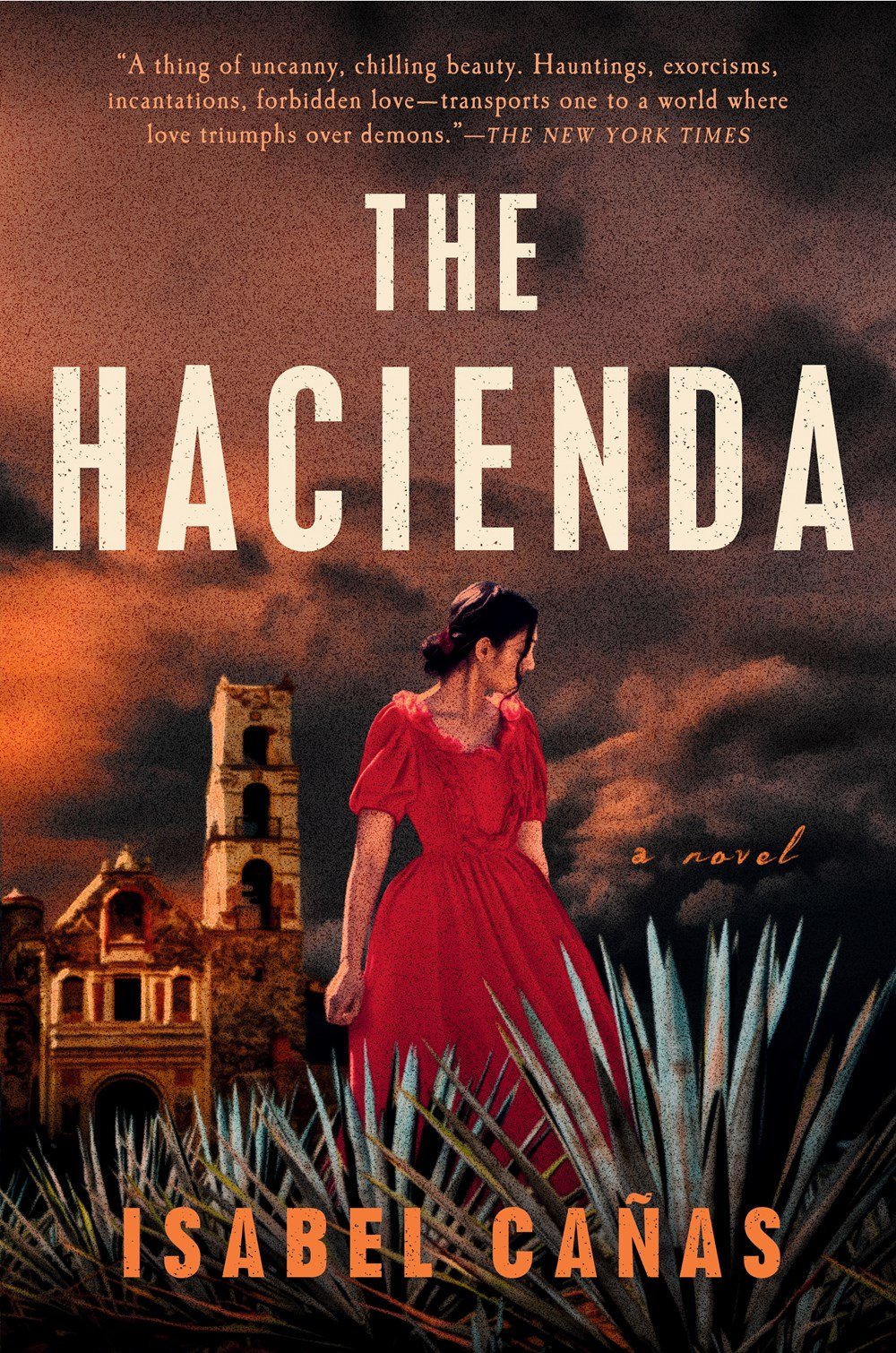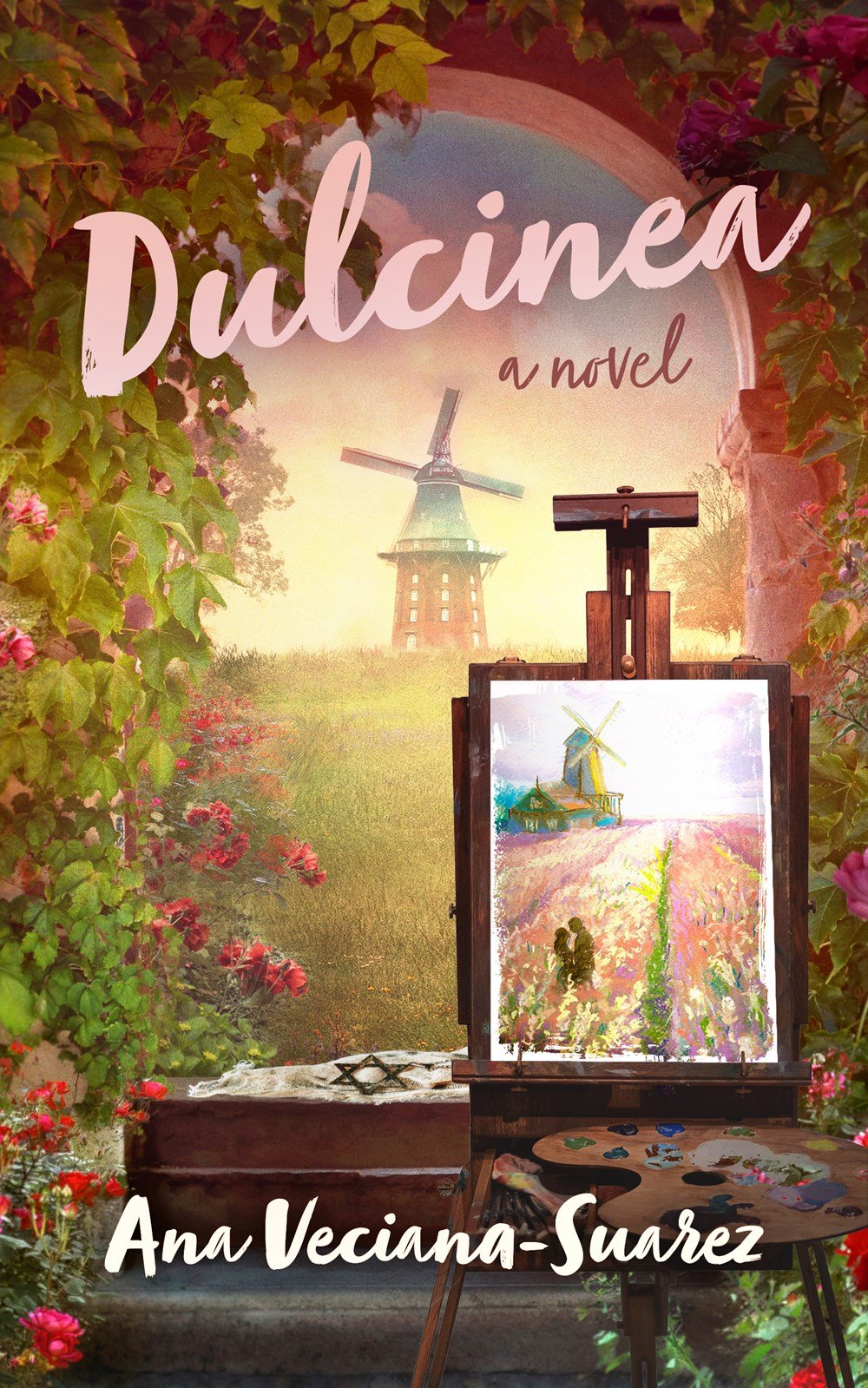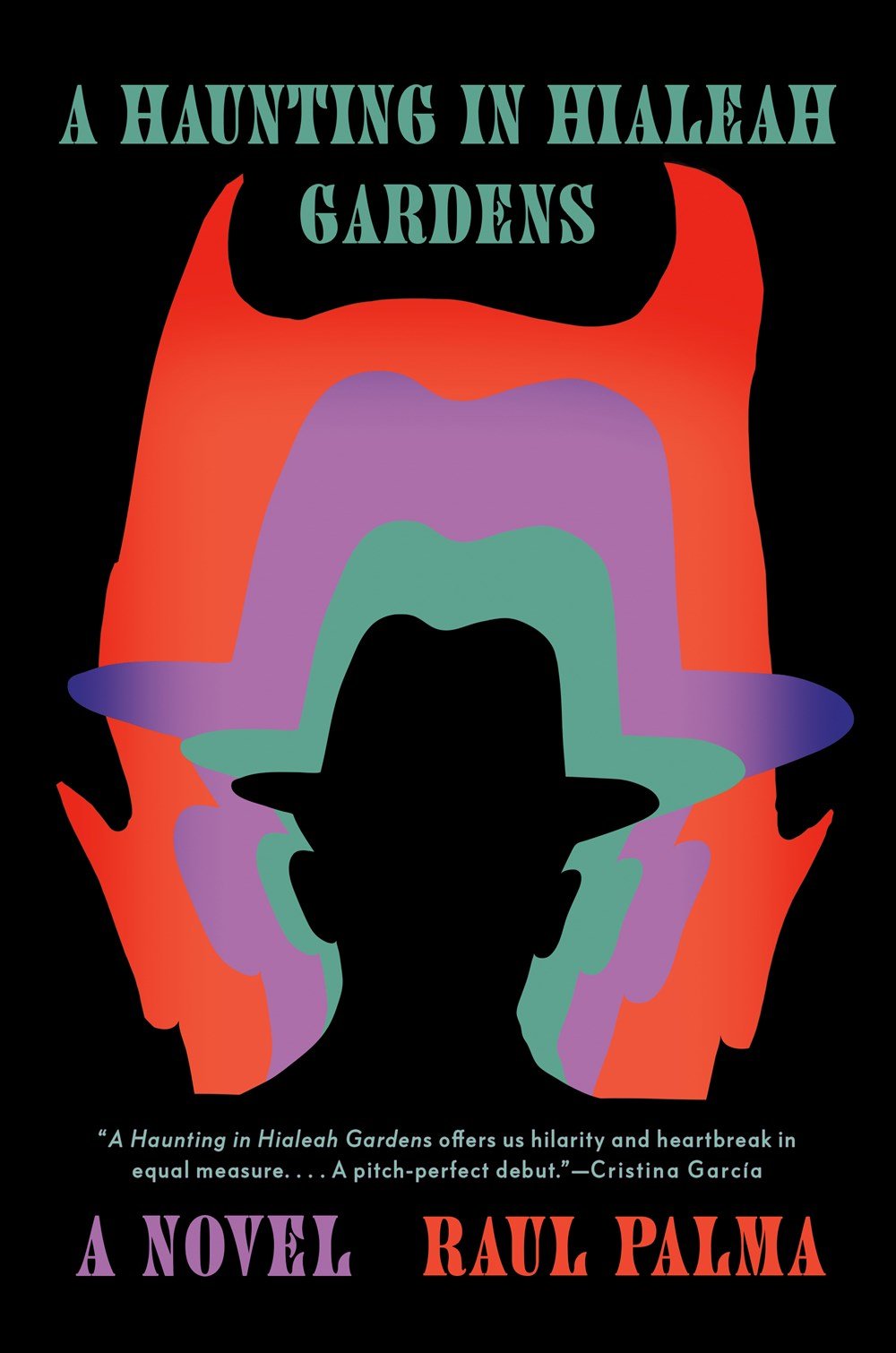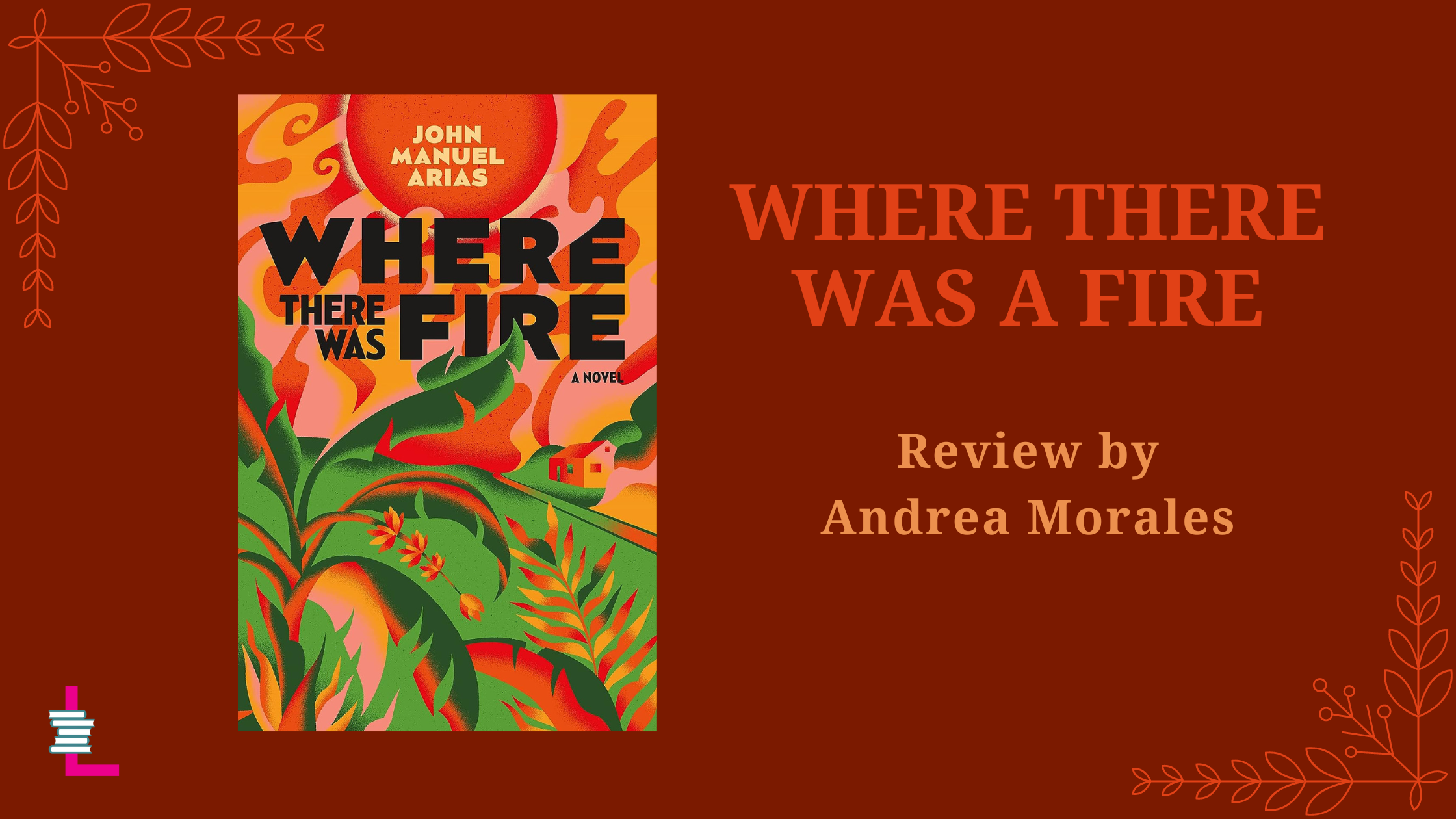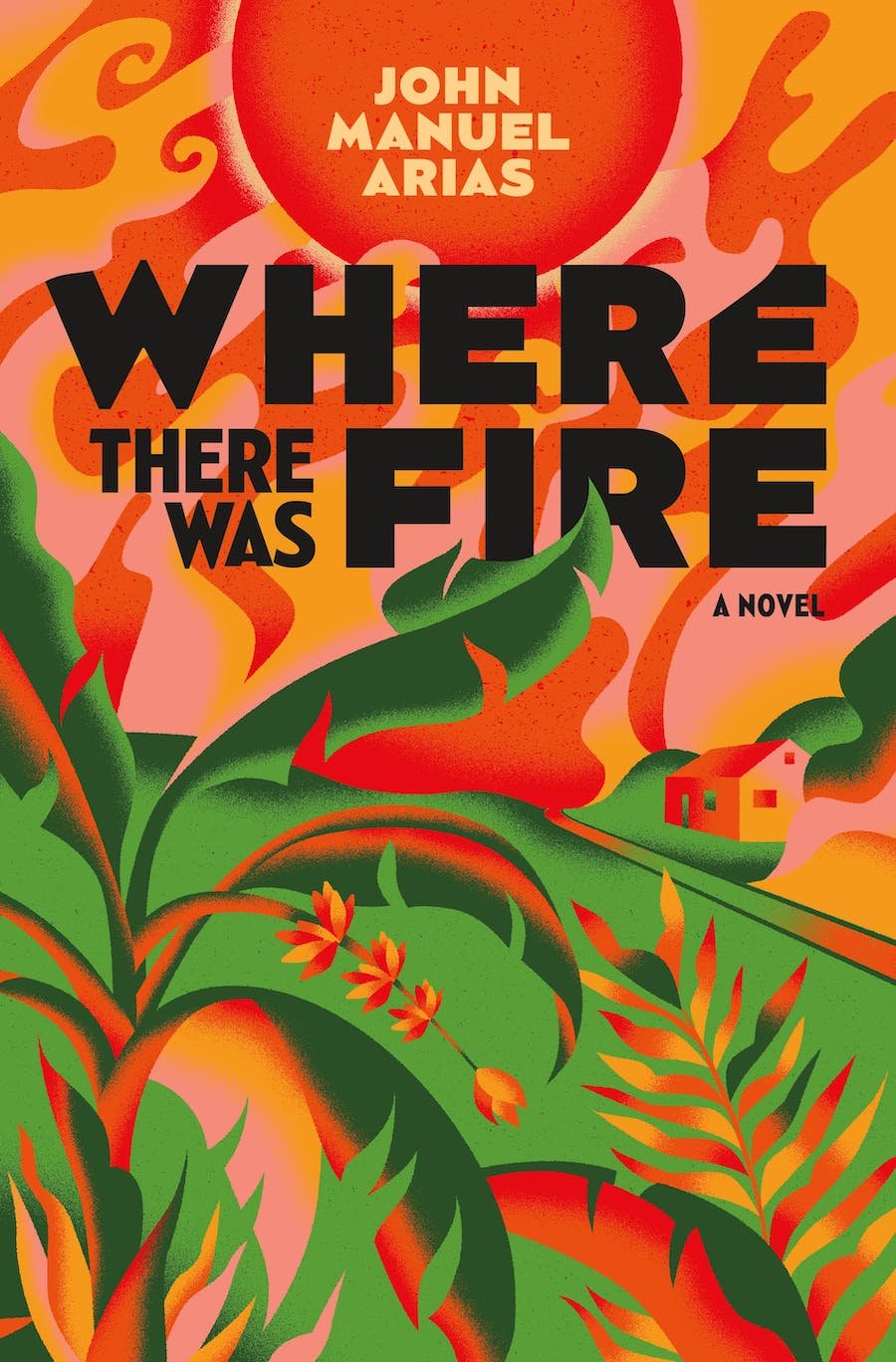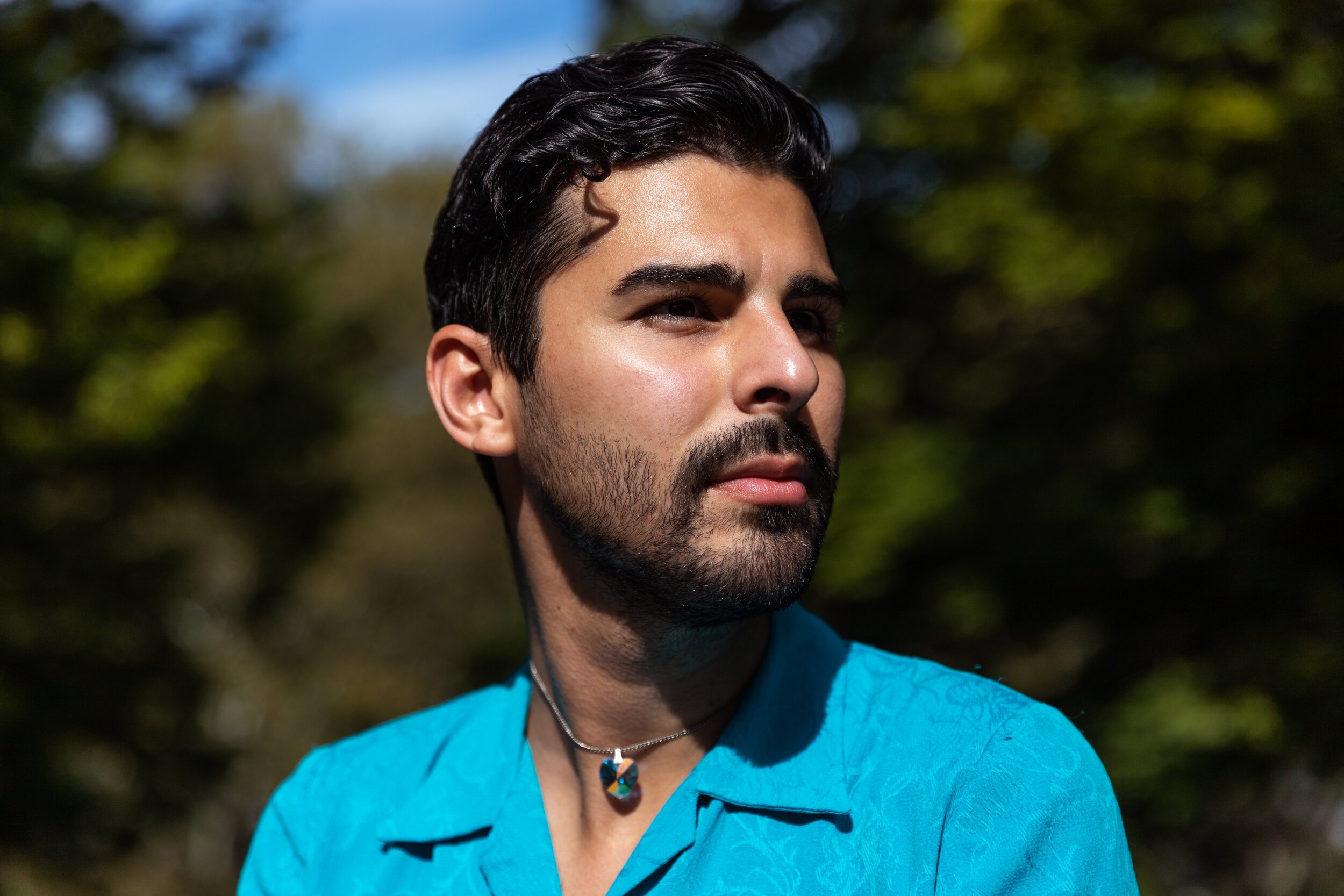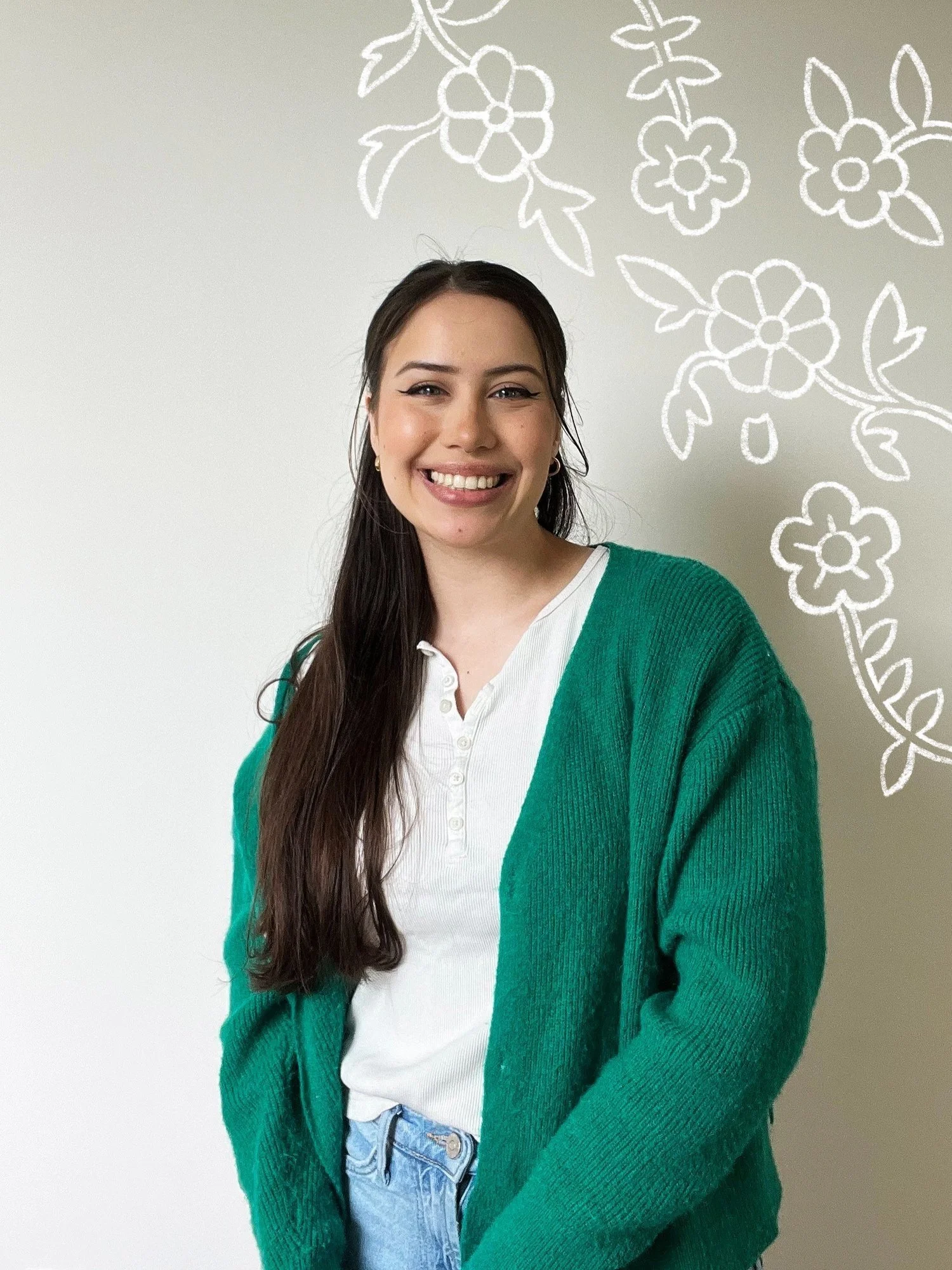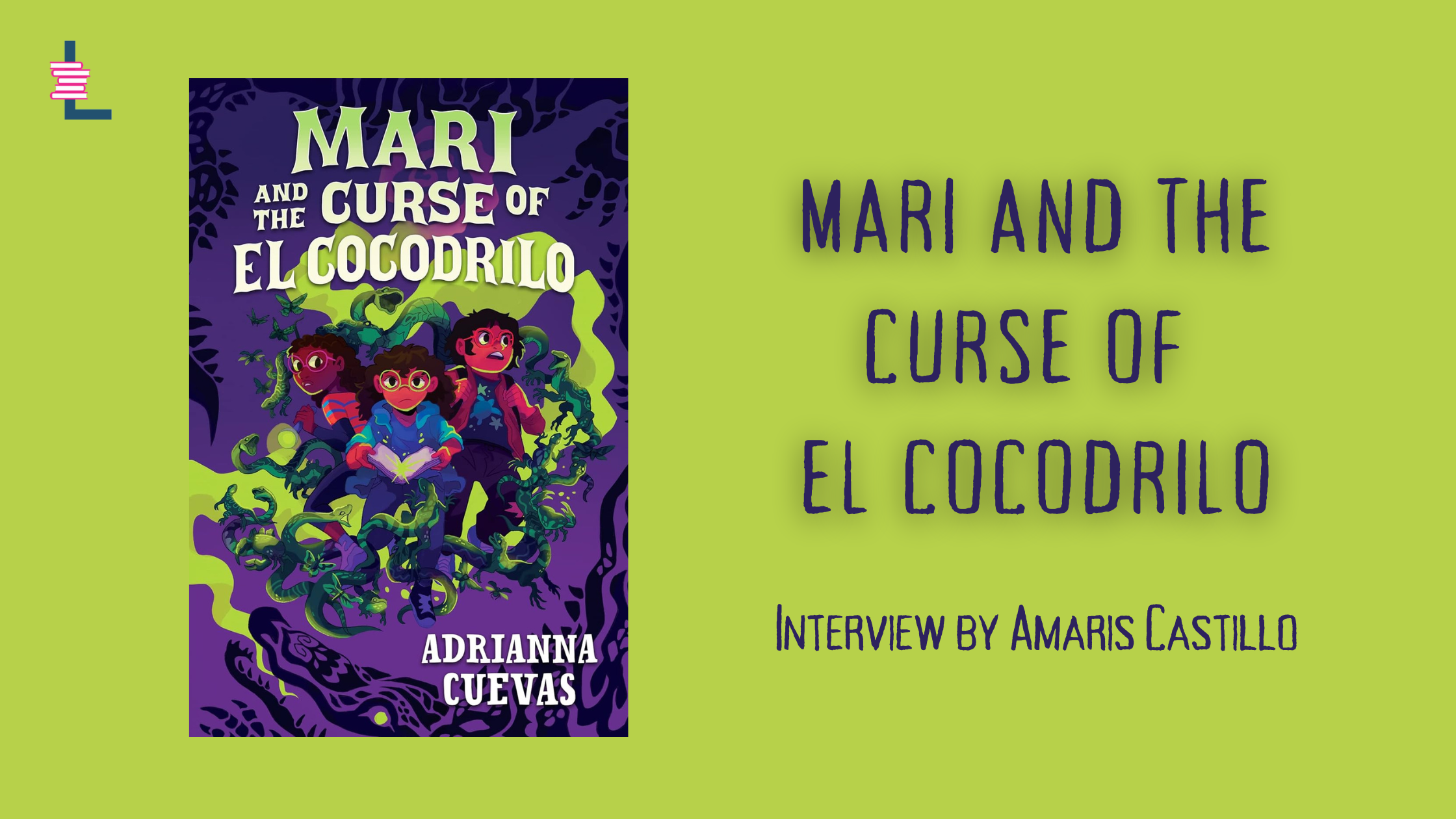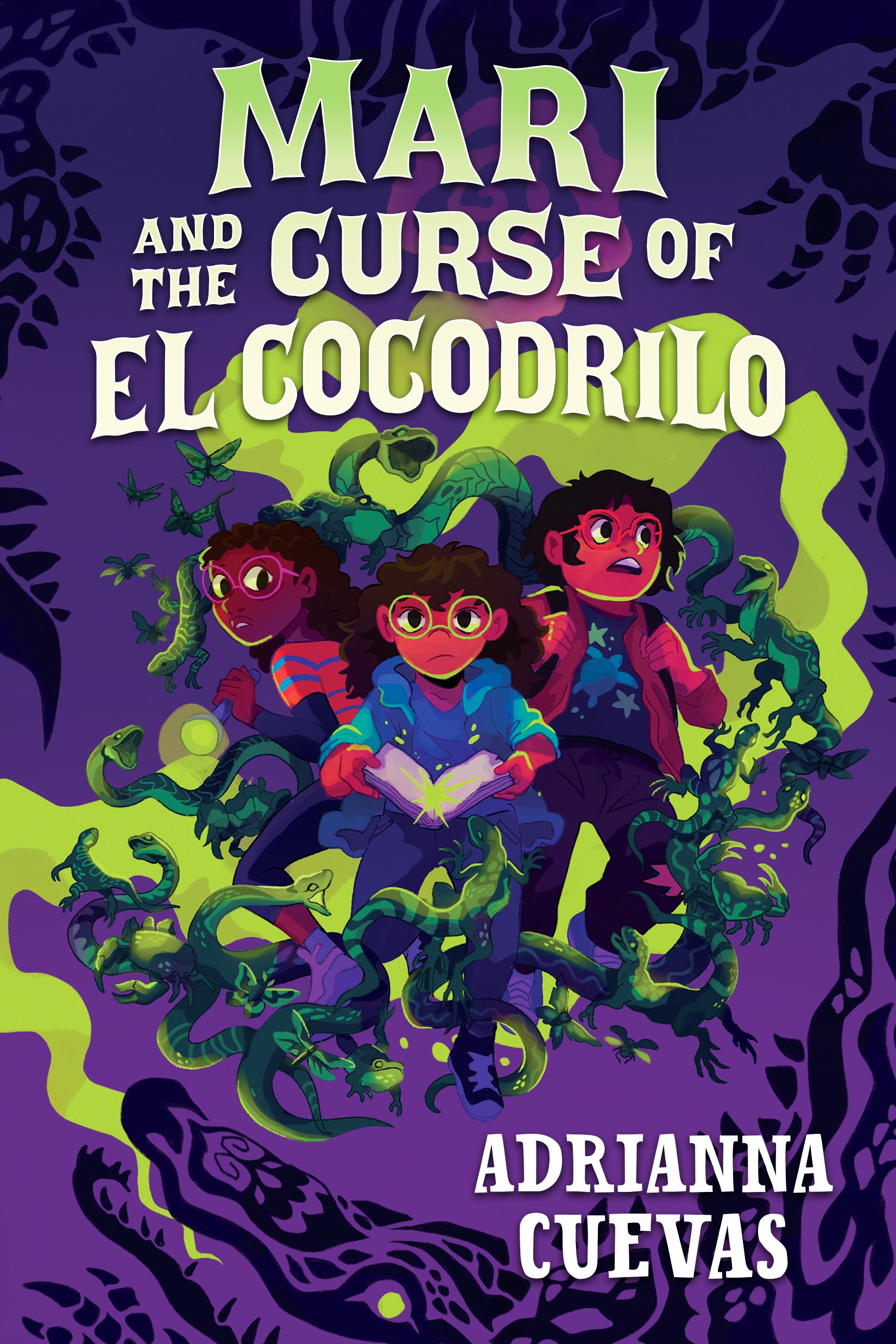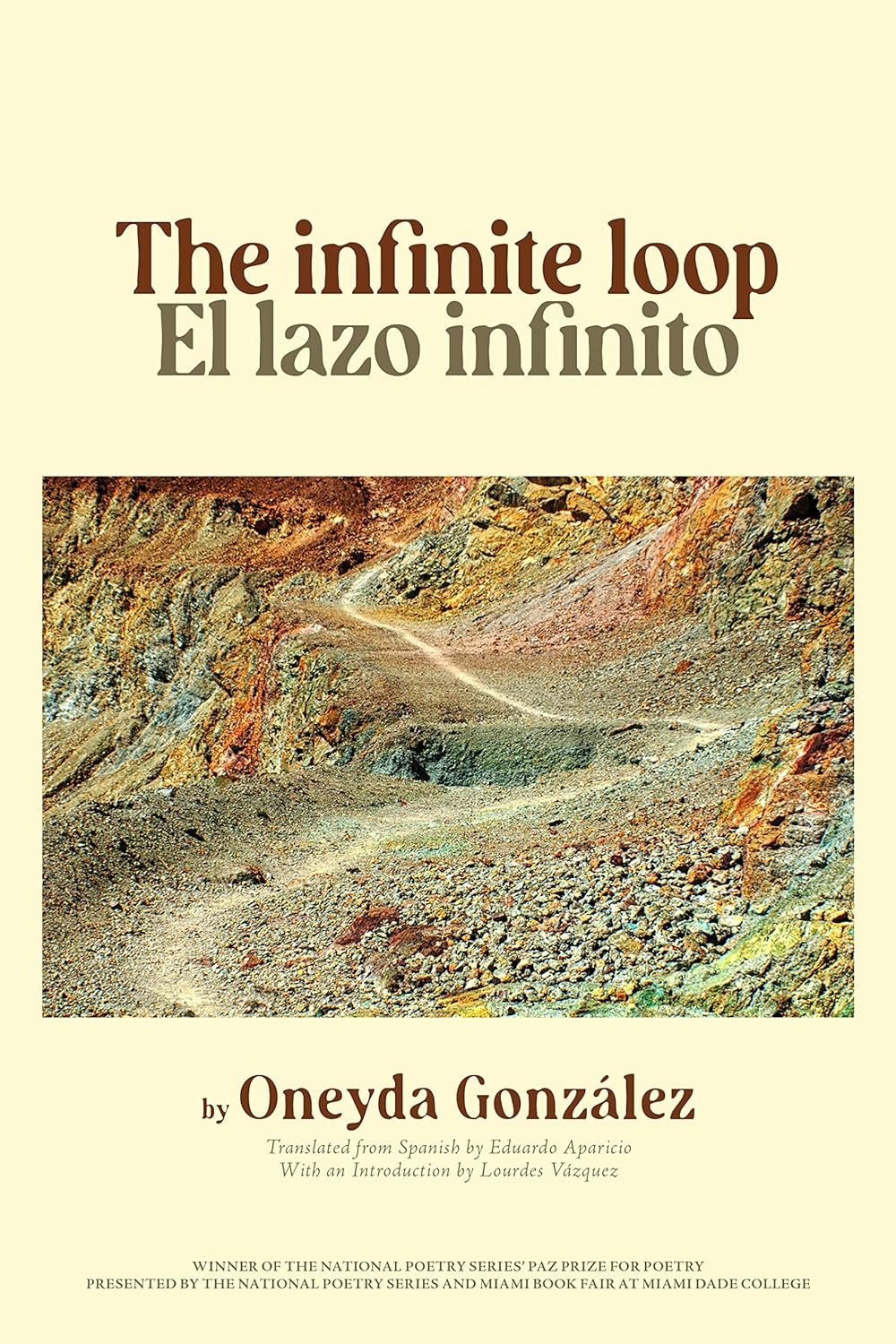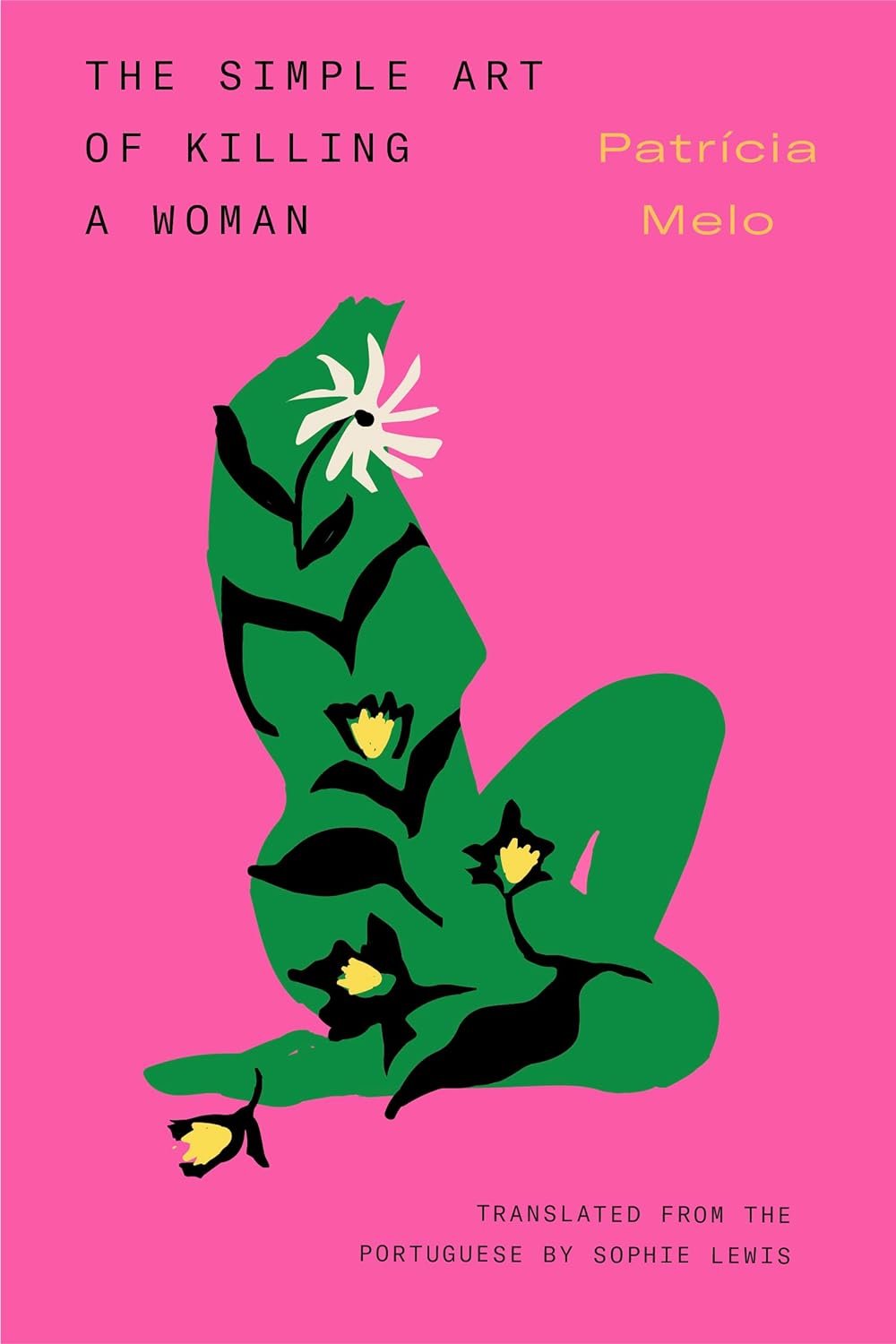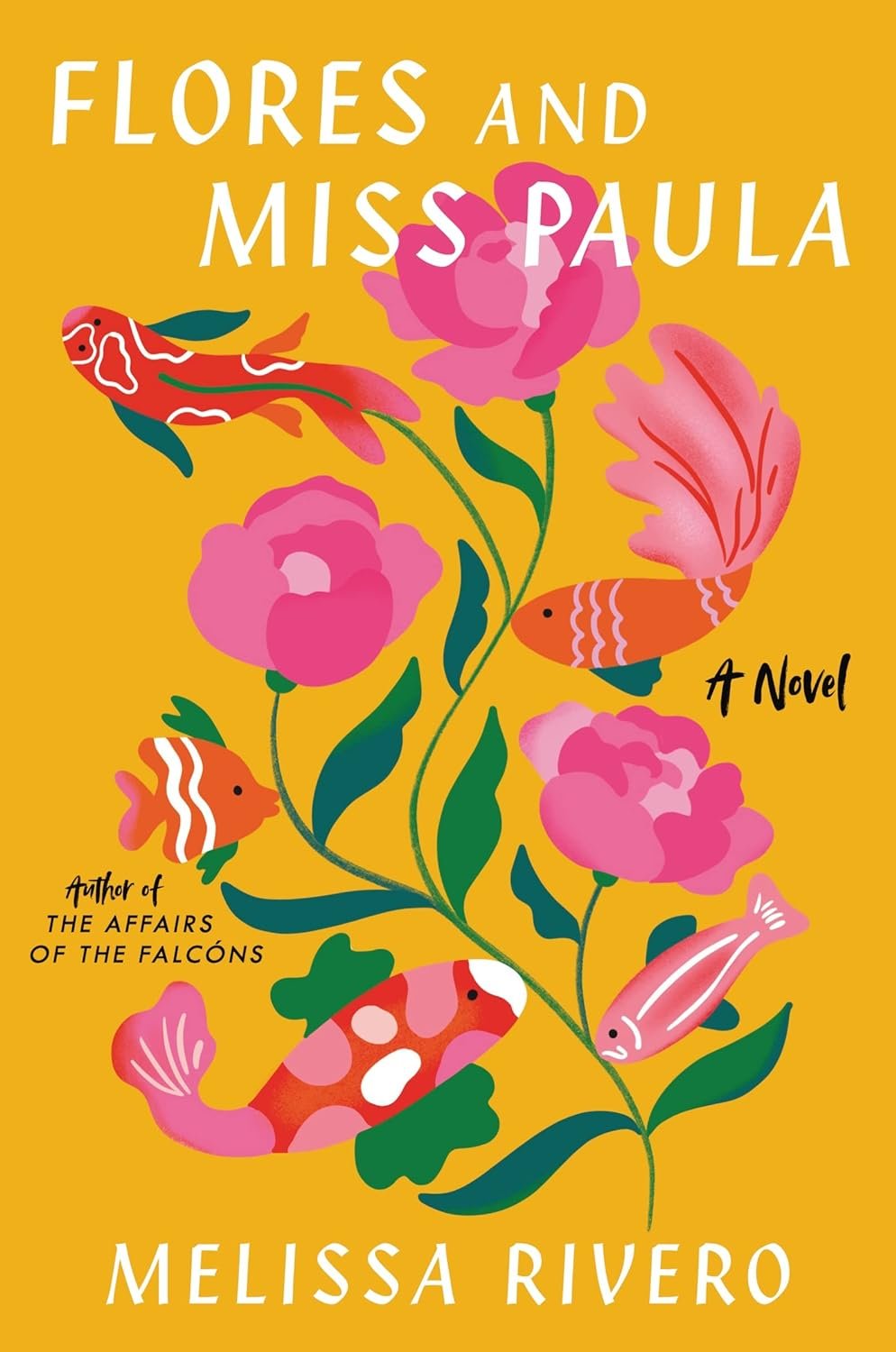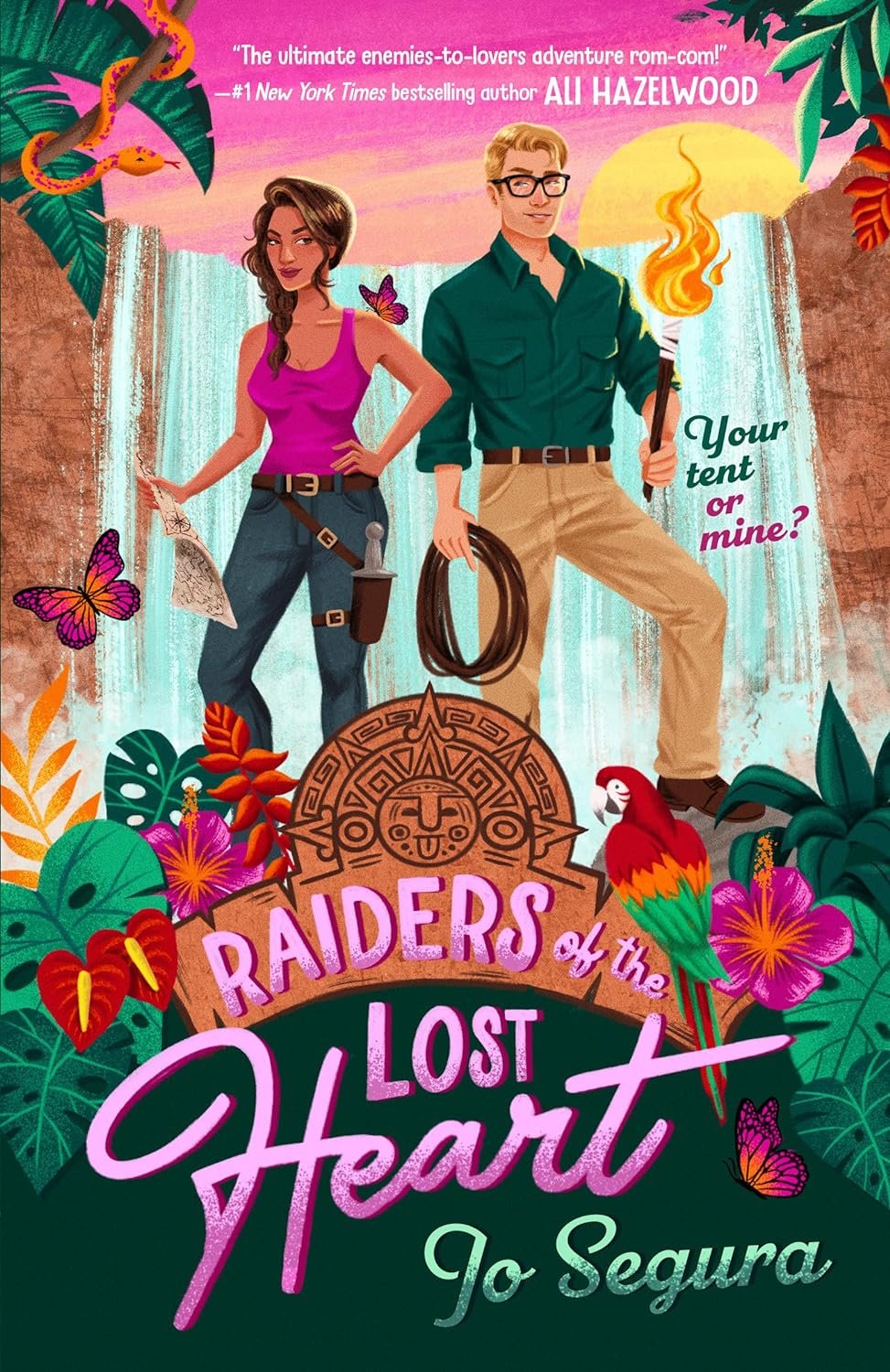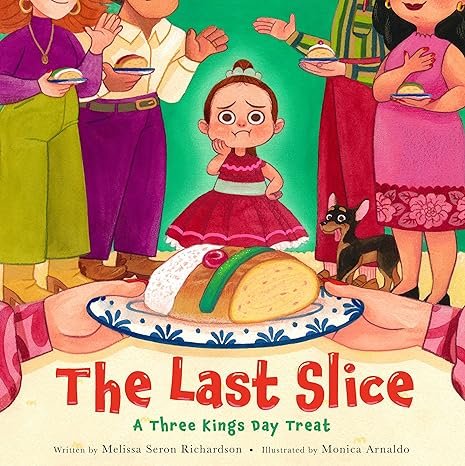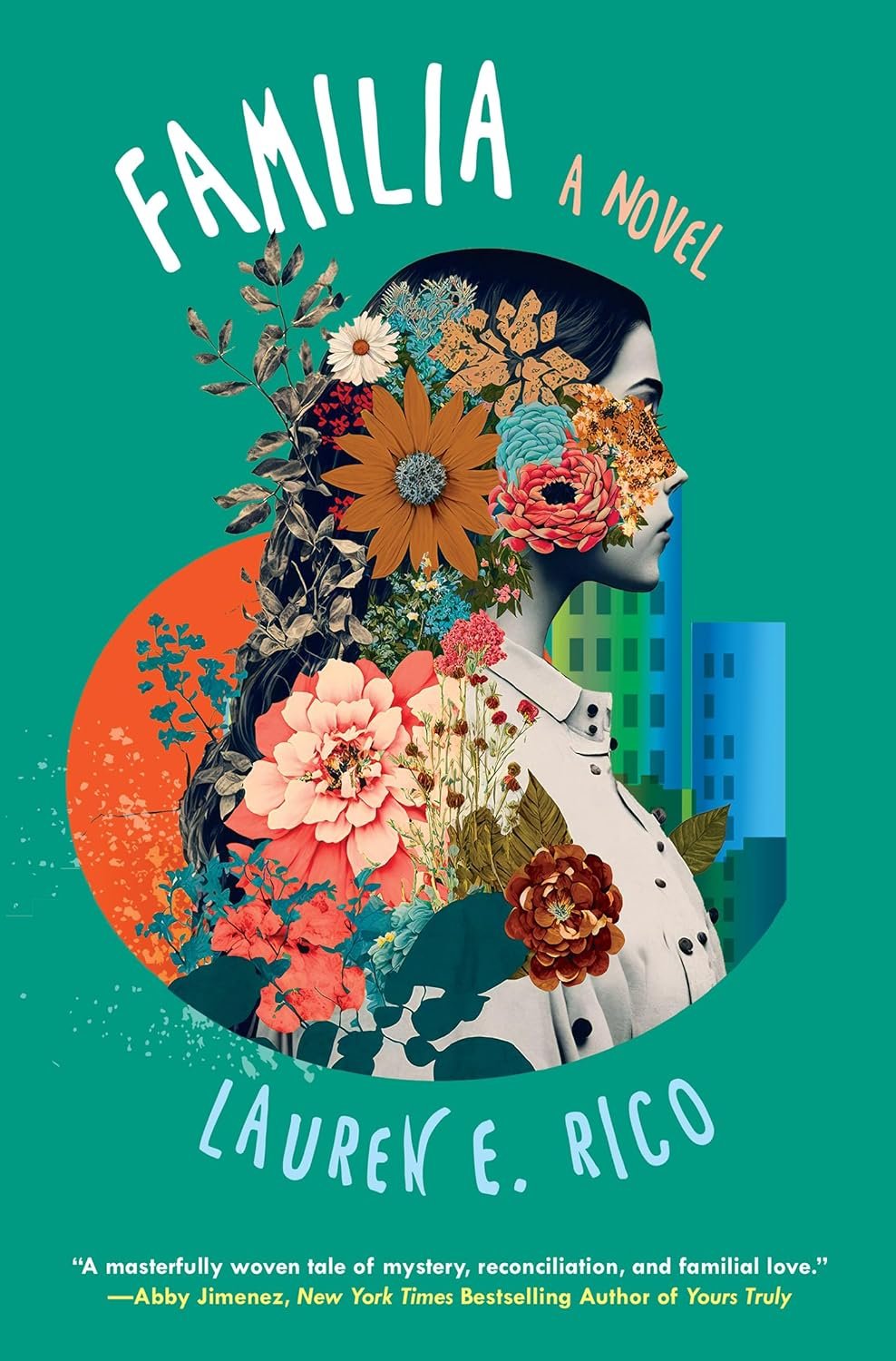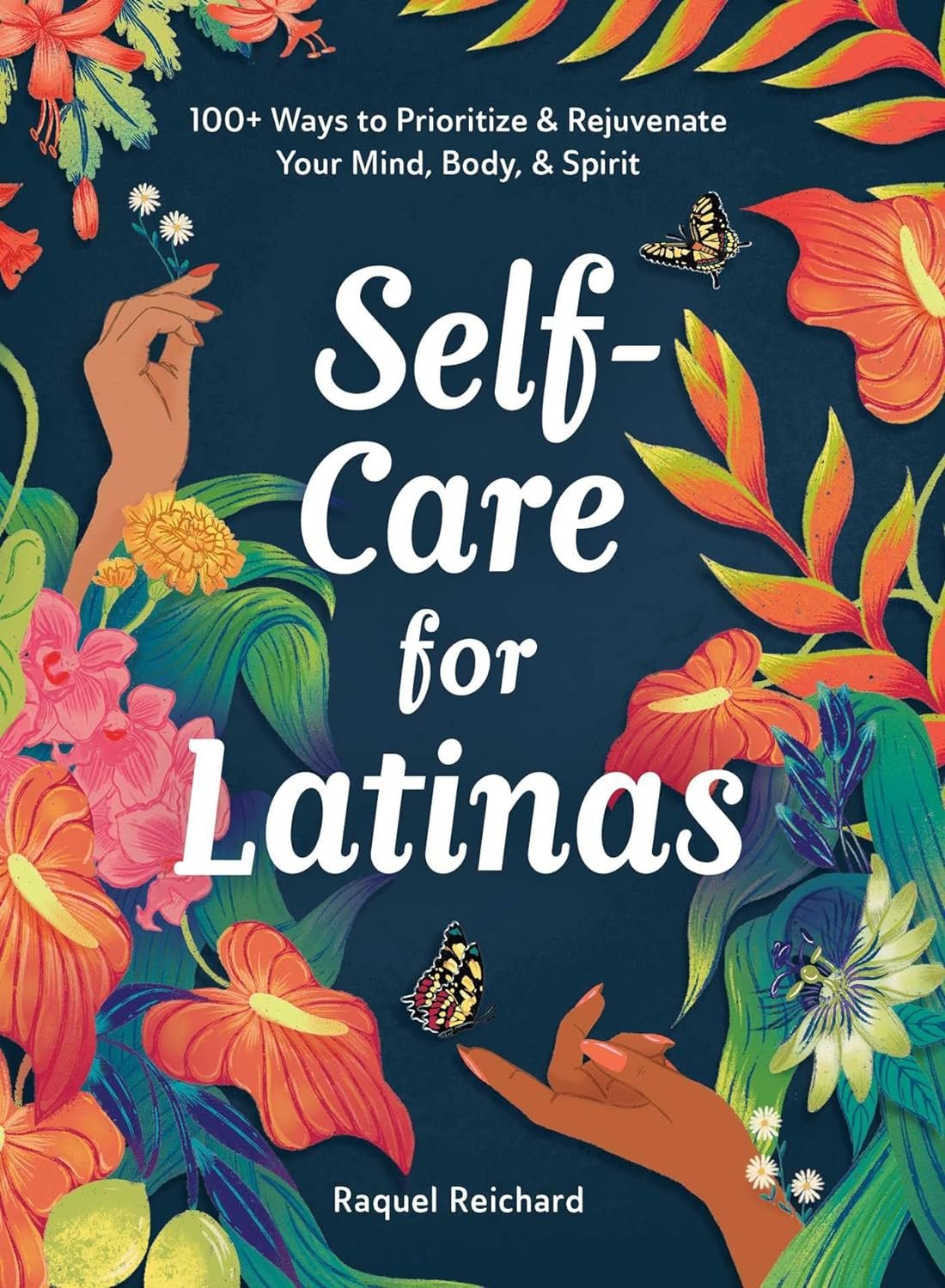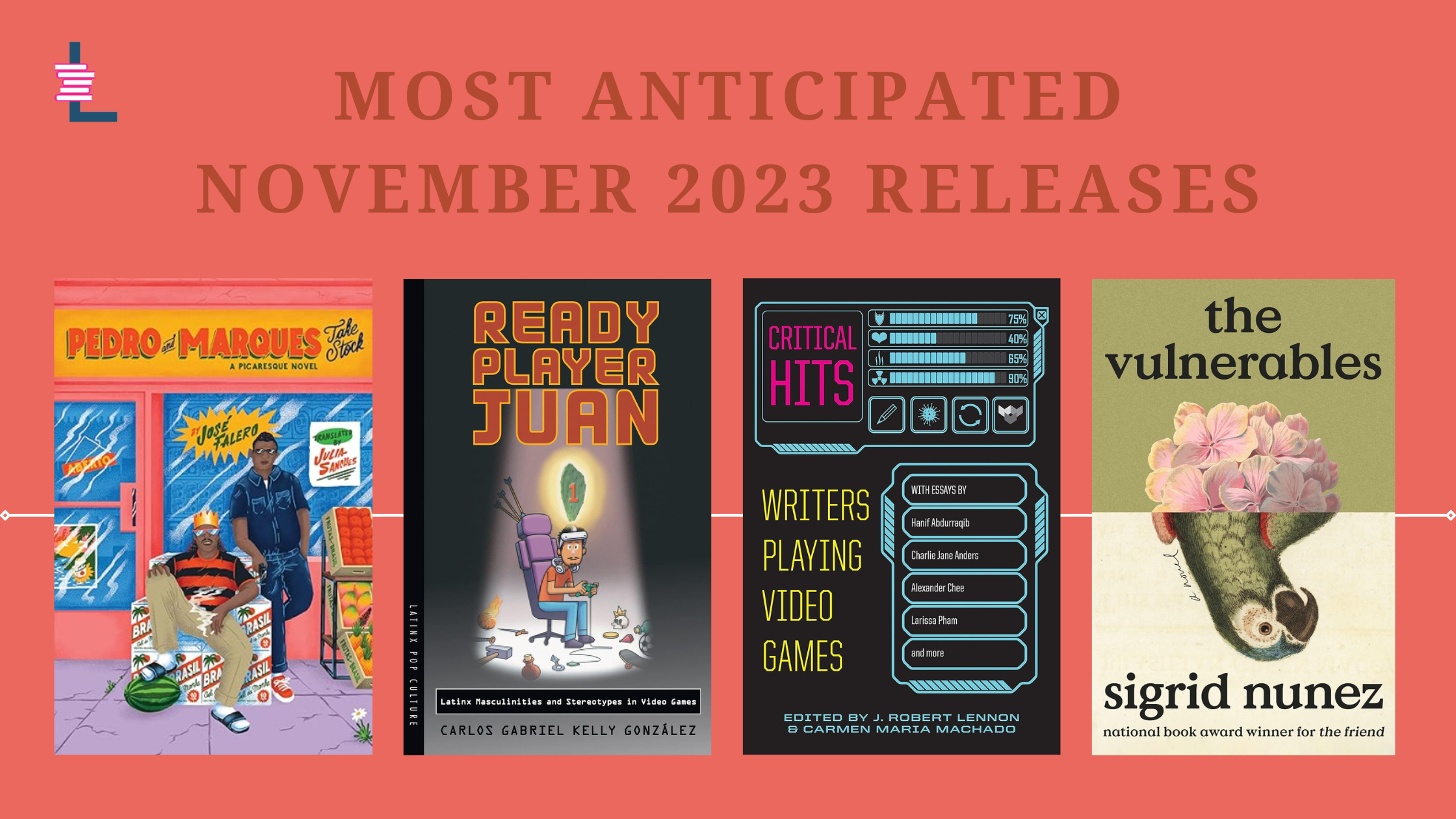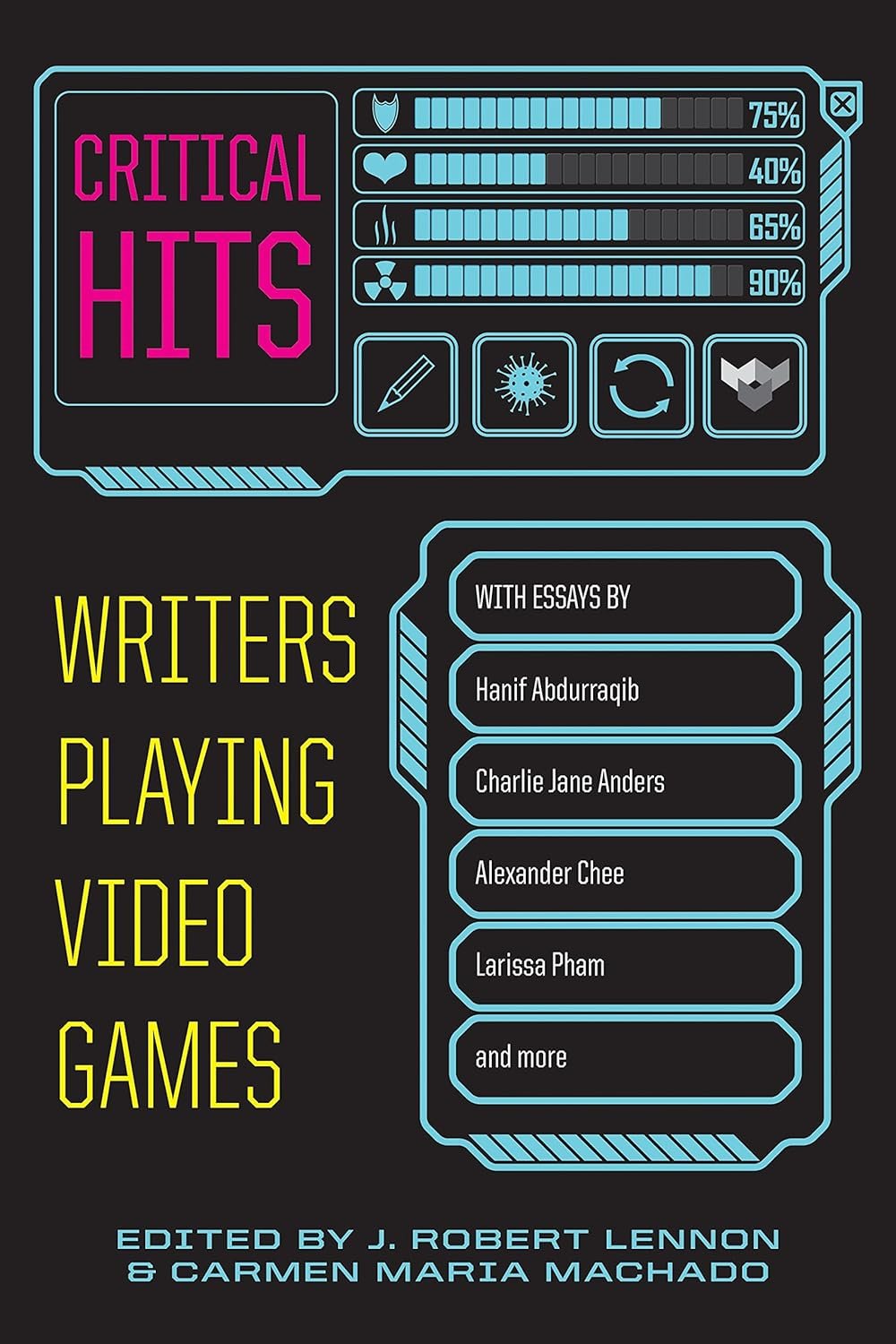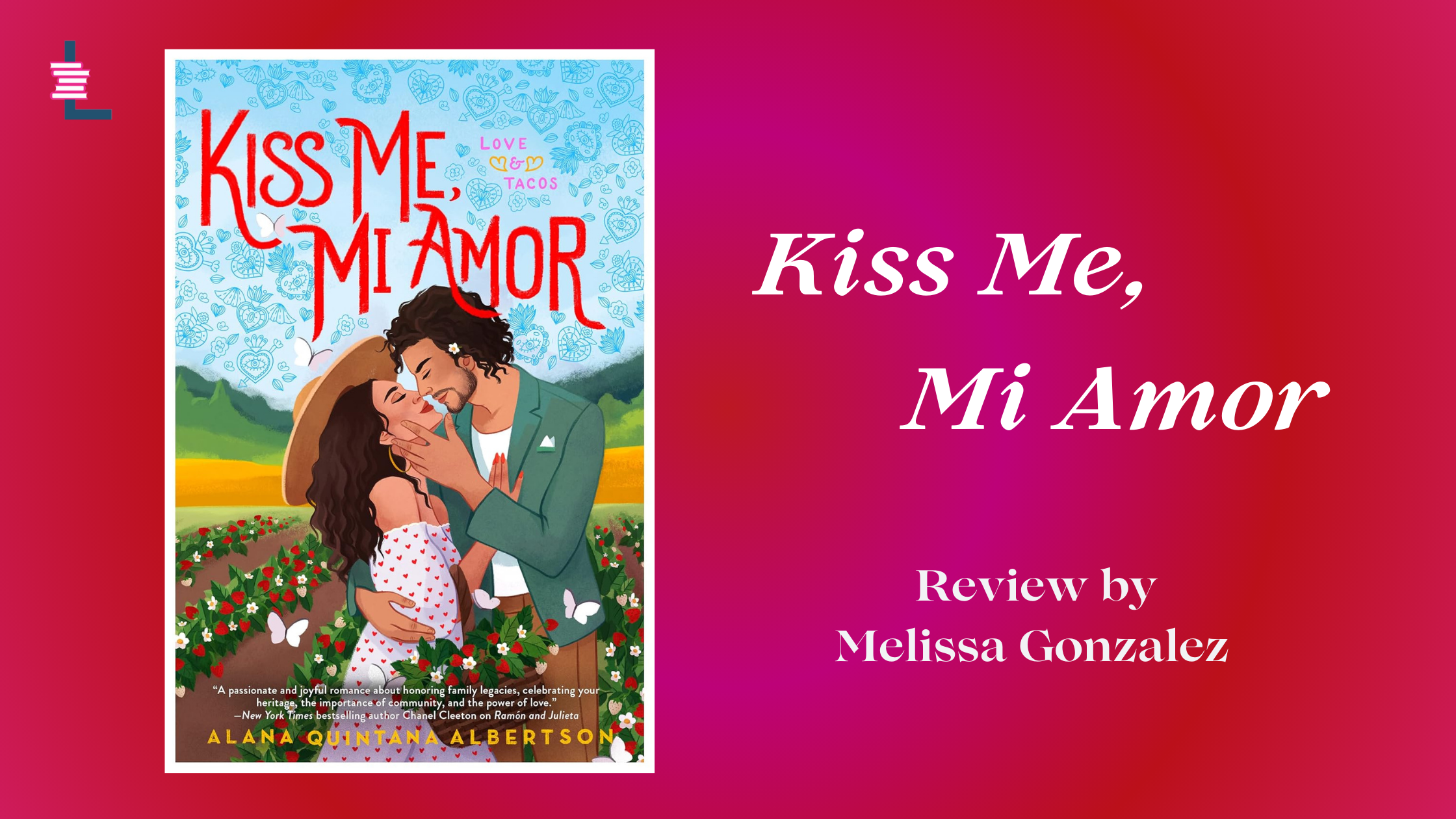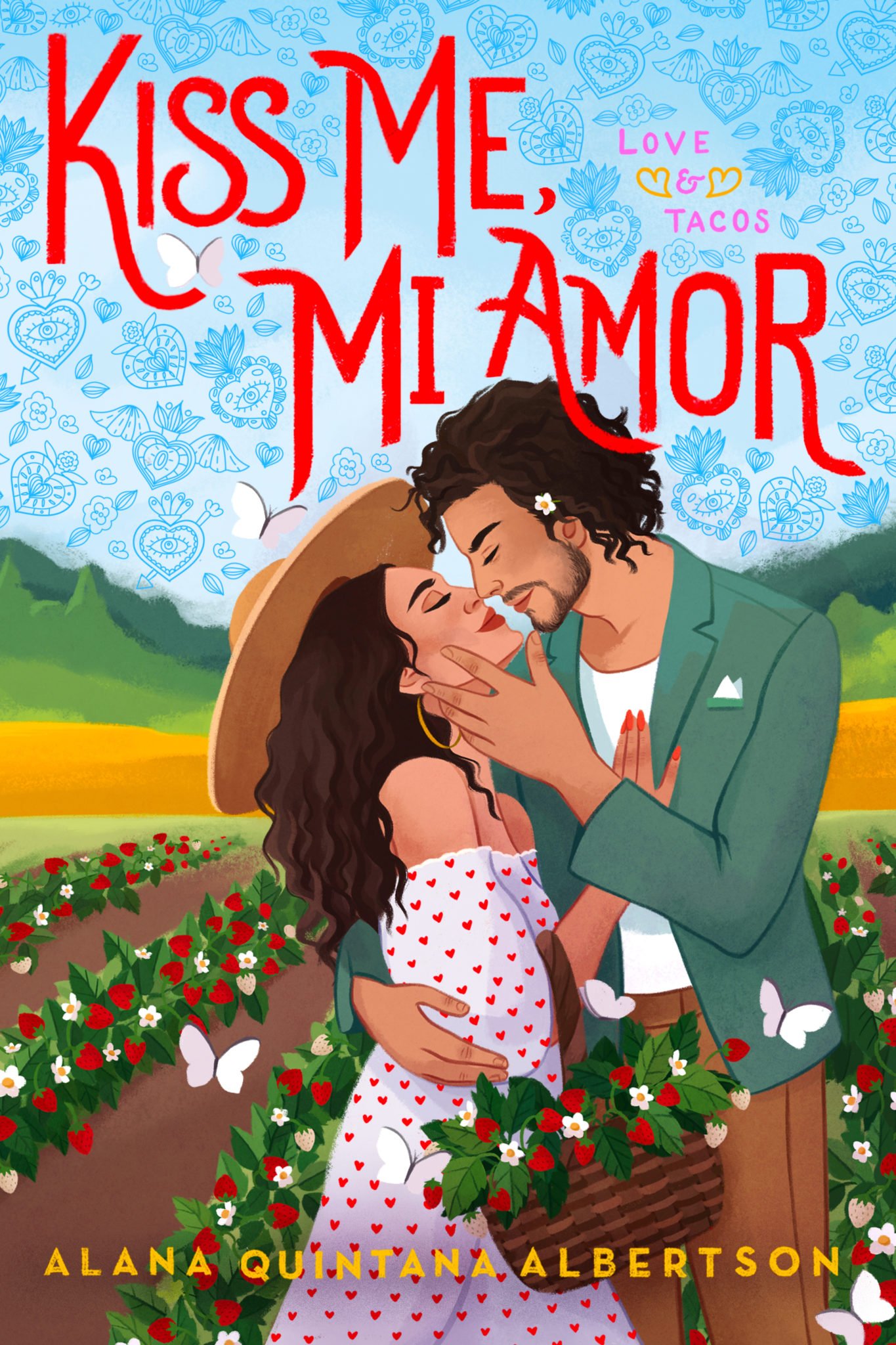Kathleen Alcalá weaves together a story that begins over 100 years ago, in the community of the Opata Indians, in the Sonoran Desert. It is a story of three generations that centers around the life of Cocha. Starting amidst a small village, in a time of violence and war, we are invited to see the beauty of the land through Alcalá’s descriptive words, painting a vivid picture of the Opata Indians land. A land that is simple and yet grand in tradition, and the villagers, slight as they may be, are the strength of the village. Though a hard life to image and an even harder one to live, we witness the struggles that Cocha faces, soaking up the words of Alcalá.
The reader follows the travels of Cocha who is destined to live a life that is innately centered around survival. From a young age, Cocha realizes that her life will not be easy. Living in a land full of dream-like beauty, quiet and peacefulness, the reader quickly sees how Cocha’s home becomes overrun with the brutality of war. Soldiers invade, confiscate land, capture the men of the village and displace many others. Cocha must leave her home, her village and her way of life for the unknown. This book provides a look into the lives of ordinary people who faced extraordinary circumstances. Along the way, either by the need for self perseveration or the desire to keep the family together, Cocha faces many obstacles.
“This book provides a look into the lives of ordinary people who faced extraordinary circumstances. ”
Traversing generations, we are given a look into the hope, fear, vulnerability, ordinariness and the courage it takes Cocha to carry on her lineage, with the lesson that people are more alike than different, regardless of time and space. We see how Cocha goes from being a child, to her siblings caregiver in a breath. She experiences a shock in discovering her mother’s dependency on a man, lost, willing to walk away from her family; not looking back once.
Fast forward to the 1990s and we are introduced to Shelly. Shelly finds herself in Tuscan in search of details for a research project she is working on, when she stumbles upon a photo that gives her a connection to her past and her ancestors. The photo is of Cocha, who Shelly thinks looks like the only photo that she has of a family member. Could it be? Is fate intervening to provide Shelly with a renewed sense of self and a way to move forward in her own life, amidst that which has not changed—patriarchal attitudes.
Let this book provide you with a look at life in Cocha’s village, to the long dirt road that she travels to find herself, both literally and figuratively. We sit and watch in our mind’s eye a life unfold and give way to a tale of modern times. We discover the trauma of a generation and the healing process that takes place. You will enjoy this book, which originally appeared in the late 1990s and is the 2nd book of what was to be a trilogy. The Flower In the Skull, however, holds its own and stands alone as well. I enjoyed Alcalá’s style and her introduction of characters, the description of the land and the life of Cocha. Perhaps this tale will strike in you a desire to know more about who you are.
Kathleen Alcalá was born in Compton, California, to Mexican parents and grew up in San Bernardino. She is the author of six award-winning books that include a collection of stories, three novels, a book of essays, and The Deepest Roots: Finding Food and Community on a Pacific Northwest Island, from the University of Washington Press. A member of the Ópata Nation, Kathleen makes her home on Suquamish territory.
Angela “Angie” Ybarra is a senior student enrolled in the Nontraditional Degree Program (NDP) at Northeastern Illinois University. She hopes to work as a grant writer to assist local nonprofit organizations that address the issues of gentrification within Chicago's NorthWest side and help them find funding for their work. Angie loves to give her audience the opportunity to formulate their own views by presenting the facts or points of interest with the hope to move her audience into action.
“Journalism is what maintains democracy. It’s the force for progressive social change.” —Andrew Vachss, Author












